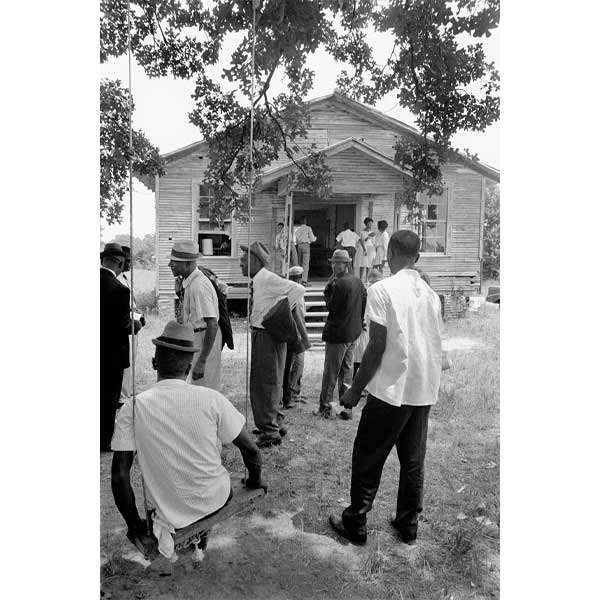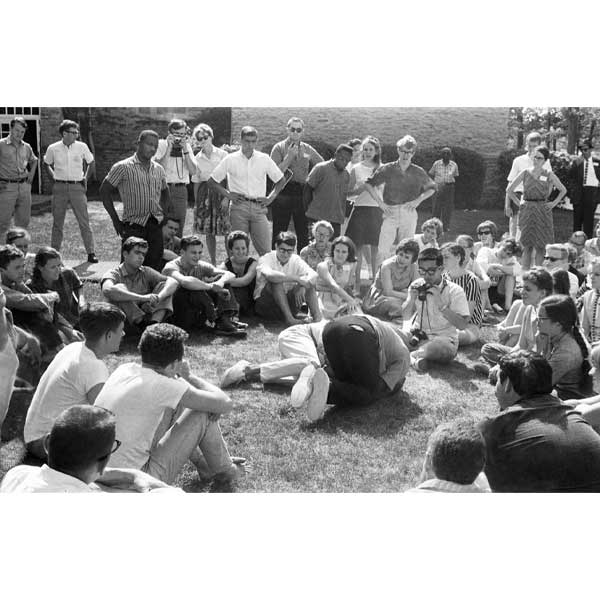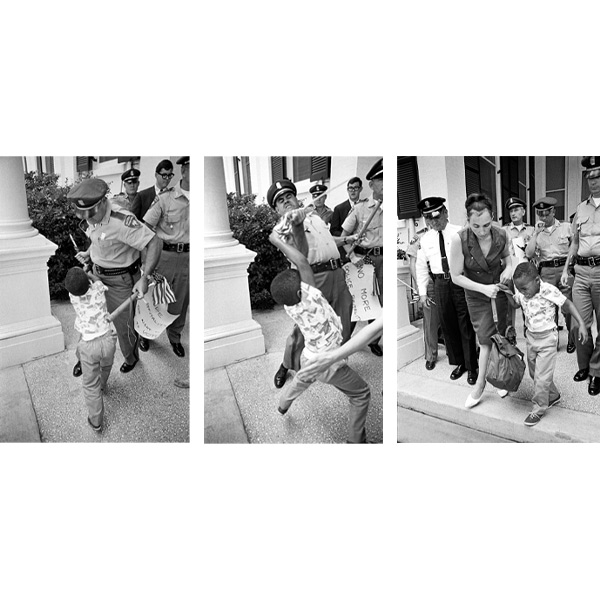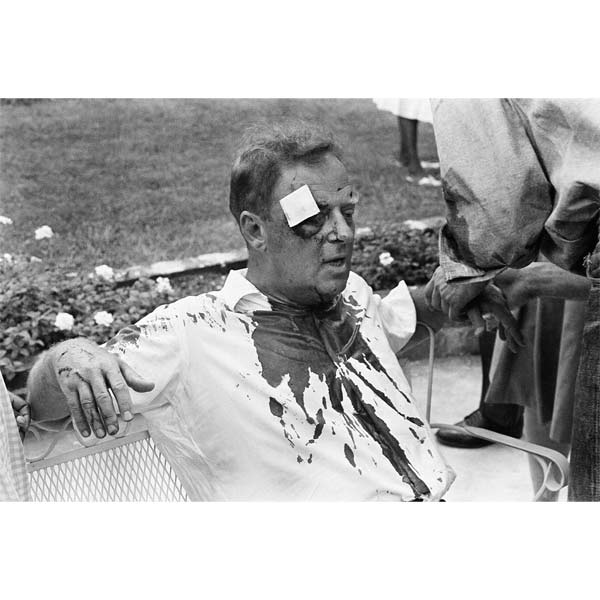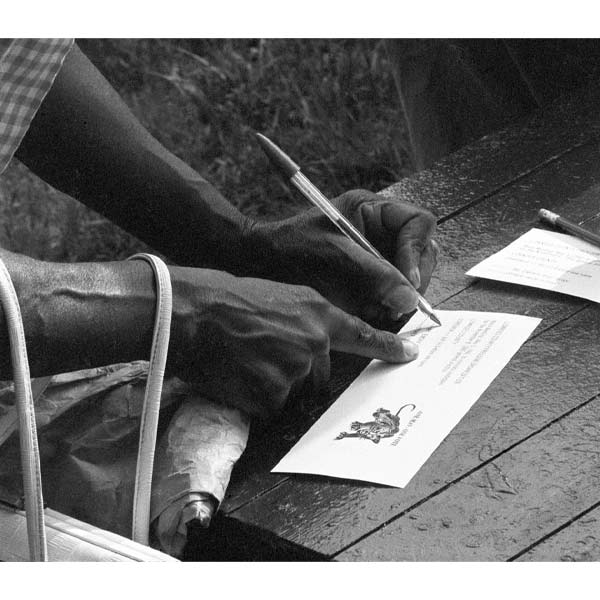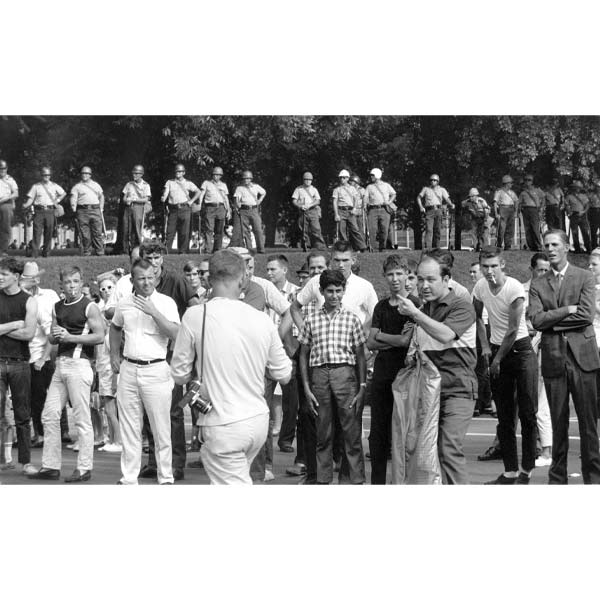This Light of Ours: Voices of Activist Photographers
Activist Photographers of the Civil Rights Movement
The nine men and women featured in This Light of Ours were themselves a part of the Civil Rights Movement and focused their cameras on the local people and student activists who together made it happen.
Listen to the photographers describe in their own words what it meant to be behind the lens during this historic movement.
Photographer: Matt Herron
Valley View, Mississippi, 1964
Religion was central to the lives of most African Americans in the South. Even the simplest church was a site of refuge and joy. Matt Herron shot this photo after friends invited him to a Sunday service during the summer of 1964. According to Herron, “The way in which they stood for the camera had a kind of unconscious eloquence.”
0:55 | View the Transcript
Photographer: Herbert Randall
Western College for Women, Oxford, Ohio, 1964
This photo shows some of the nearly 1,000 Northern volunteers who were invited to Mississippi by SNCC to teach informal classes and register voters in the summer of 1964. Volunteers went through a series of trainings to prepare them for what they may encounter in the South, including how to protect themselves from violent attacks. Herbert Randall took this shot during the second SNCC training session.
0:36 | View the Transcript
Photographer: Matt Herron
Jackson, Mississippi, 1965
This series of photos shows Aylene Quinn, a prominent Civil Rights leader in nearby McComb, her children, and Dr. June Finer of the Medical Committee for Human Rights on the steps of the Governor’s Mansion in Jackson, Mississippi. They were protesting an election that included no black voters.
1:48 | View the Transcript
Photographer: Herbert Randall
Hattiesburg, Mississippi, 1964
When Rabbi Arthur Lelyveld arrived in Hattiesburg, Mississippi, Herbert Randall was asked to follow him and take shots for a newspaper in Cleveland, where Lelyveld had his congregation. The next day, Lelyveld was walking with other volunteers looking for people to register to vote when two men jumped out of a truck and started beating them with tire irons. Randall captured this photo of Lelyveld receiving first aid.
1:22 | View the Transcript
Photographer: Maria Varela
Lowndes County, Alabama, 1966
The black panther symbol marked a new, more confident phase of the Civil Rights movement. On the ballot in Lowndes County, and many others, it guided illiterate voters. It eventually evolved into an expression of power and self-worth as well as a gathering of strength for struggles yet to come.
0:32 | View the Transcript
Photographer: Matt Herron
Jackson, Mississippi, 1966
This photo was taken near the state capitol shortly after the Meredith March arrived in Jackson, Mississippi. SNCC Chairman Stokely Carmichael spoke openly and powerfully about black power during a speech in front of the capitol later that day. The phrase was used by the press to denote a militant, angry turn to the movement when, in fact, black Southerners had been using it for years. It was meant to describe their need to gain power for themselves, by themselves, through the vote and protests.
0:37 | View the Transcript
Images courtesy Center for Documentary Expression and Art and the Maltz Museum of Jewish Heritage.
This Light of Ours: Activist Photographers of the Civil Rights Movement is presented by the Center for Documentary Expression and Art and the Maltz Museum of Jewish Heritage.
Major support for the exhibition has been provided by the Bruce W. Bastian Foundation and the National Endowment for the Arts, with use of the Bob Fitch photographs courtesy of the Department of Collections, Stanford University Libraries.
Sponsored locally by The Albert and Ethel Herzstein Hall Fund.
Special exhibitions are generously locally supported by Union Pacific.
Support for the Bullock Museum's exhibitions and education programs is provided by the Texas State History Museum Foundation.
